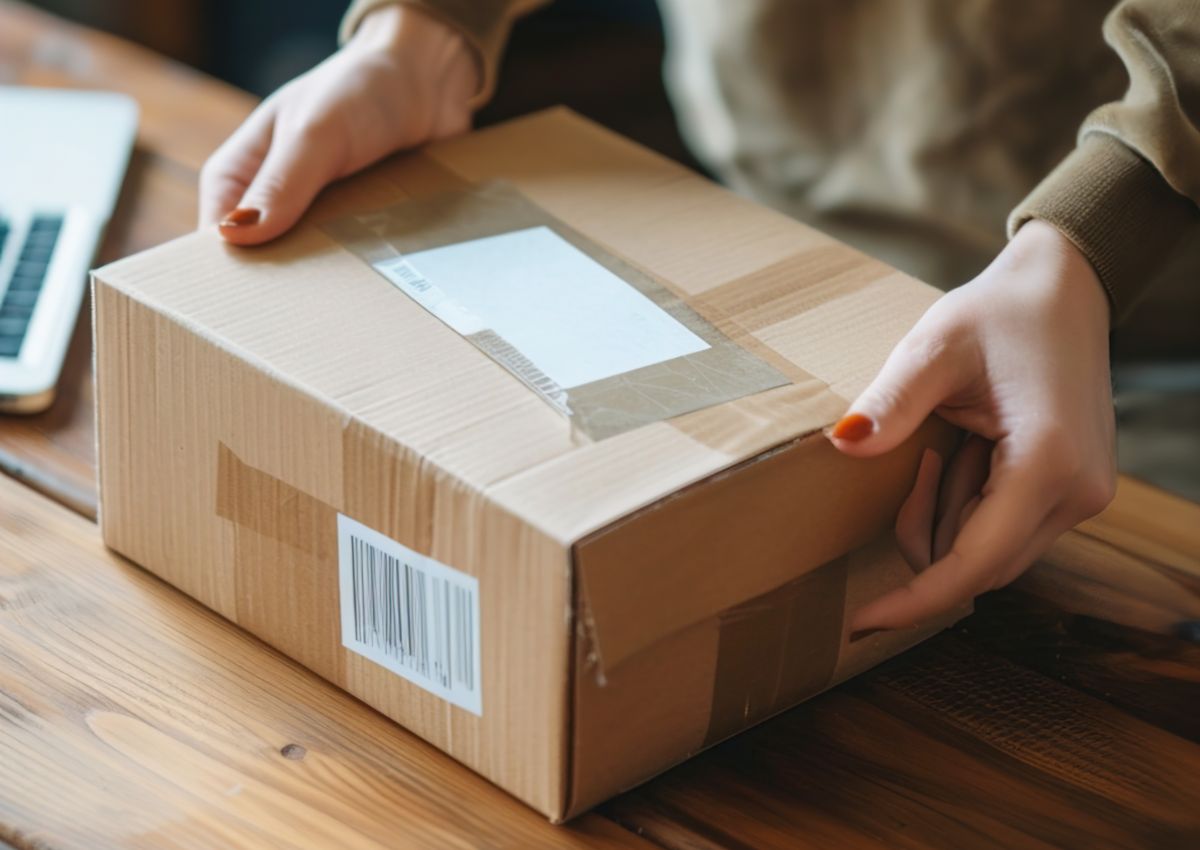Owning the delivery experience offers the opportunity for rich customer learnings which retailers simply can’t afford to ignore, says David Grimes, CEO of Sorted.
The customer clicks buy. You’ve secured the deal – nice one. Time to kick back and leave it to a third-party carrier to deal with the rest… Actually, this is only just the start of the customer journey.
Post-purchase is the most crucial step in the customer journey – the battleground where, for brands and retailers, it’s make or break. It’s often the only physical touchpoint between the brand and the customer. Owning your customer journey means providing branded tracking and communications directly from your brand. This is vital for a competitive advantage, allowing you to meet customer expectations and improve the delivery experience whilst pumping pounds into the business through upsell opportunities.
However, it also offers another invaluable opportunity: the ability to get to know your customers, what they like, respond to and what works best for them. But harnessing the data to get these insights is a significant challenge for brands and retailers – and knowing your customers is key to adding business value. Brands need a strategy and the tools to both capture this data and use it to further enhance their CX and delivery operations.
Unleash the power of personalised post-purchase through data insights
Serving customers with a tailored experience isn’t just about putting their name at the top of an email – it means ensuring that they have access to the information that they want, through the channels that they choose. But where do you start in creating such an experience? The answer is through the help of data and insight.
Insight allows you to continually adapt and mould the post-purchase experience, strengthening processes and unlocking more analysis on customer behaviour by implementing more data-driven strategies to improve it. Every brand and retailer should be able to look at customer behaviour during each step of the post-purchase journey and react accordingly. Which ads are resonating most after the buy button? Where in the delivery journey are most customers looking for an update? Which comms are being read the most or driving the most site visits, resulting in additional upsell revenue?
By owning all your comms, you can build up a palette of insights that allows you to personalise your content and ads for different segments and personas, whilst learning more and more about where and when your customer is consuming delivery and returns tracking information. In turn, this leads to greater brand engagement from customers, and keeps them coming back for more.
Harness the right intelligence for action
While owning the delivery experience encompasses more reflective insight for both quick and long-term changes, harnessed correctly, the right CX technology can also provide live performance data and insights into deliveries. No matter what experience you offer online, if there’s a problem with delivery, the brand is often getting the blame.
Quality, accurate and easily accessible data can both resolve and premeditate any issues and ‘where is my order’ (WISMO) or ‘where is my return’ (WISMR) enquiries. Why wait for the problem when you can see it before the customer flags it? For example, using tools such as an interactive reporting dashboard, gives customer service (CS) and logistics teams the delivery insight they need, and highlights issues by severity so prioritisation is clear. In turn, a brand can proactively flag any resulting delay directly with their customers, ensuring they are always on the front foot.
Things won’t always go to plan and disruption is inevitable, so there will be customers who are all too quick to pick up the phone and complain. But with all your delivery insights in one place, teams are fully equipped to support customers first time. Meaning no more switching between systems for different carriers or shipments insights.
This not only benefits the customer but relieves the huge amount of pressure on internal teams struggling with high numbers of order enquiries too. So, the 5* customer experience is protected, and the customer promise is met.
The double-edged marketing tool
Monitoring day-to-day deliveries is basic hygiene, but it’s also the long-term insight that’s valuable to spot trends and align the business direction to customer need and behaviour on a wider scale.
Plus, you can use this data to fine tune your targeting. The perfect marketing tool for captivating your audience with tailored content to different personas or segments is a branded transactional email. Shopify reported that open rates on transactional emails (such as order confirmations or delivery tracking updates) are as high as 90%. So, owning delivery comms gives retailers more opportunity to upsell, promote personalised content, and drive customers to your digital channels. Crucially, this provides the gem that is data.
For example, how do customers respond to certain links, images, and ads? How often do they view tracking updates, and how often is this in your app? What makes them click through to your website? You can learn so much about your customers, keeping tabs on behaviour that is invaluable for customer loyalty and growth.
A lot of brands and retailers are struggling to harness data in the right way – but with the right data management and tools, it’s simple to take full control of your post-purchase data and get insight whenever you need it. Gather and utilise this data correctly, and you can not only open more doors for marketing but optimise your operations and better serve your customers with winning connected experiences and boost those all-important CX metrics.
By David Grimes, CEO of Sorted.








